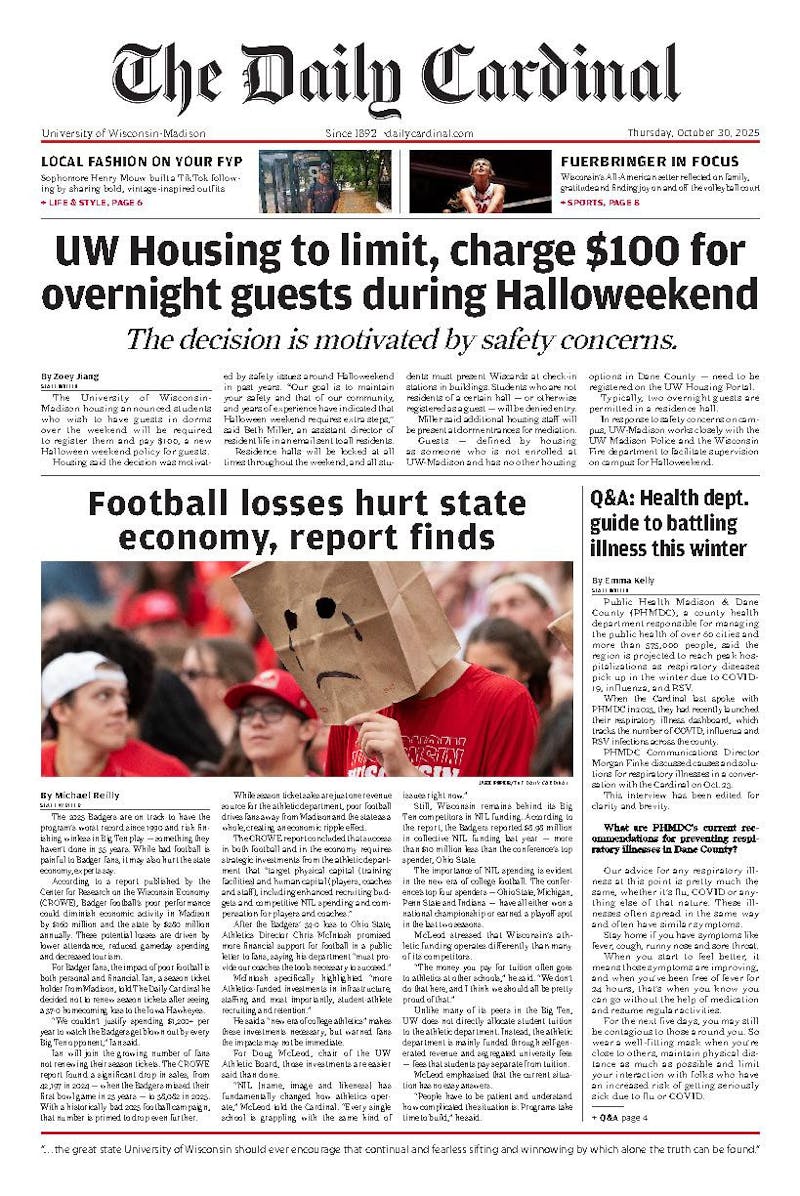Wisconsin's poverty rate reached 11.2 percent in 2008, according to a study published Thursday by UW-Madison's Institute for Research on Poverty.
This number is significantly higher than the official numbers released by the federal government, which put the poverty rate at the time at 10.2 percent. Both numbers are below the national average of 13.2 percent, as calculated by the U.S. Census Bureau, but the authors of the report find these new numbers ""disturbing"" nonetheless.
IRP Director Tim Smeeding, who authored the Wisconsin Poverty Report along with Joanna Marks and Julia Isaacs, said this discrepancy in the numbers is a result of the use of a different, Wisconsin-specific methodology. This poll takes into account Wisconsin programs and benefits that the national statistics would not.
Milwaukee County had the highest poverty rate in both studies, but at 18.8 percent, the IRP report put its poverty rate 1.4 percent above the government's. For some counties, the difference was as high as 2.7 percent.
""Within Milwaukee itself there are huge differences,"" Smeeding said. ""Central Milwaukee is in much worse shape."" Central Milwaukee had a rate of 38.5 percent, while the nearby North Shore area, including Whitefish Bay and Shorewood, had a poverty rate of only 6.3 percent.
Following Milwaukee in highest poverty levels was La Crosse County, at 13.9 percent, and Dane County, at 13.1 percent.
Smeeding said the problem with Dane County is the student population. Without taking students into account, Dane's poverty rate would be significantly lower.
The counties with the lowest poverty levels were Ozaukee/Washington, which were combined for this study, at 4.6 percent, and Marathon and Waukesha, which both had a poverty rate of 6.1%.
The study also put the poverty rate for children at 13.6 percent and at 10.4 percent for the elderly, over three percentage points higher than the government's numbers. When it comes to the elderly, Smeeding said the IRP took particular care to account for out-of-pocket medical costs, which accounts for the increase.
Smeeding said they will use this model to evaluate the numbers for 2009. Because of the sharp rise in unemployment in Wisconsin during that year, he said those numbers will definitely be higher.





